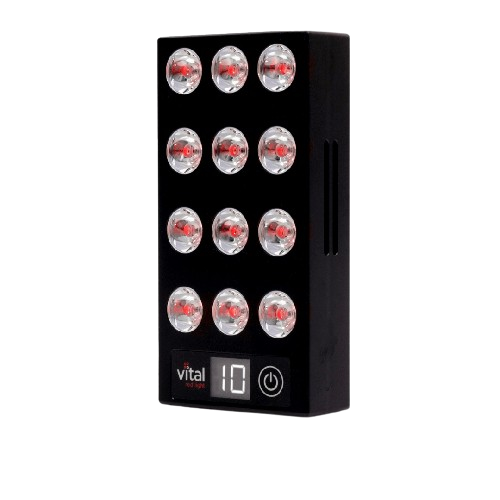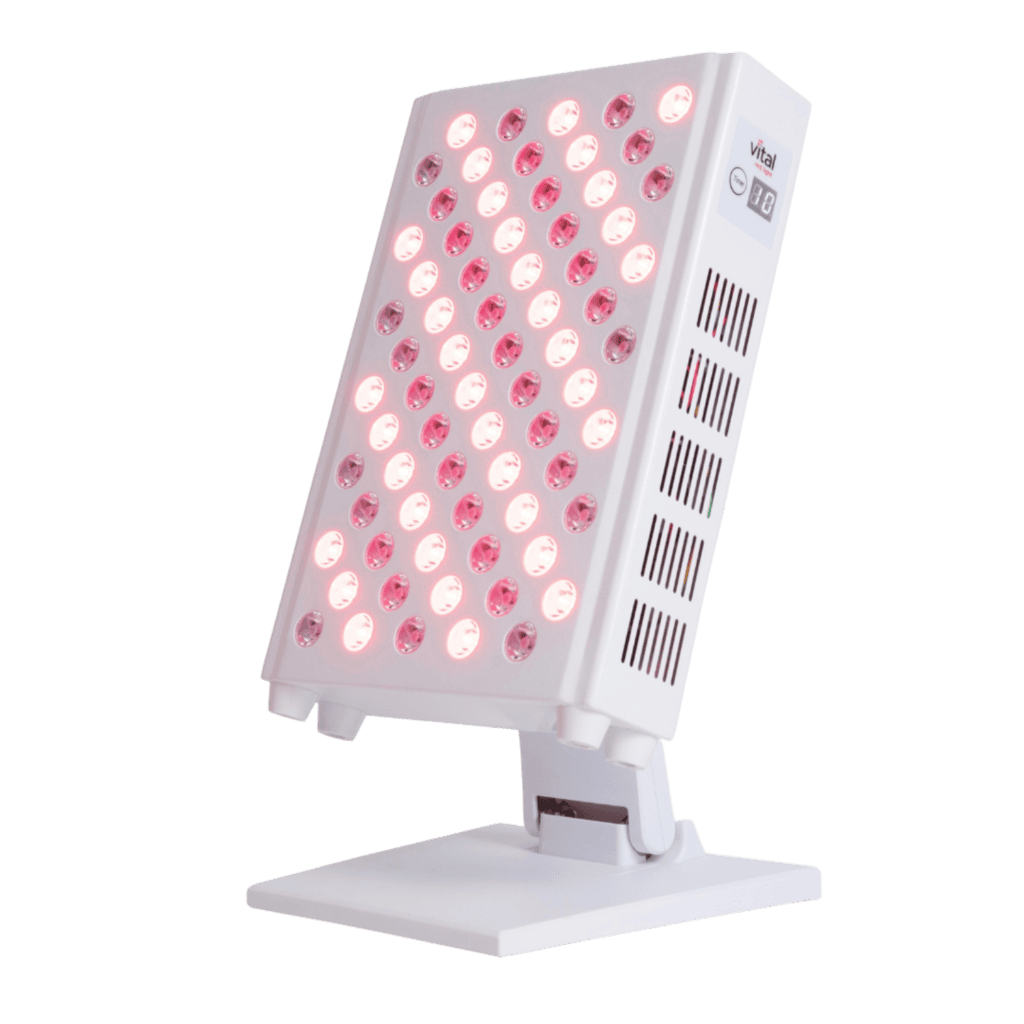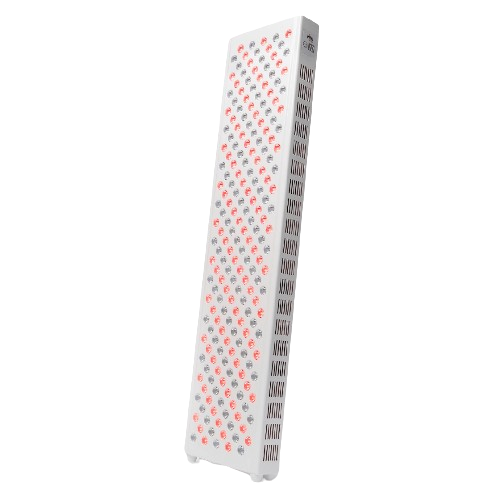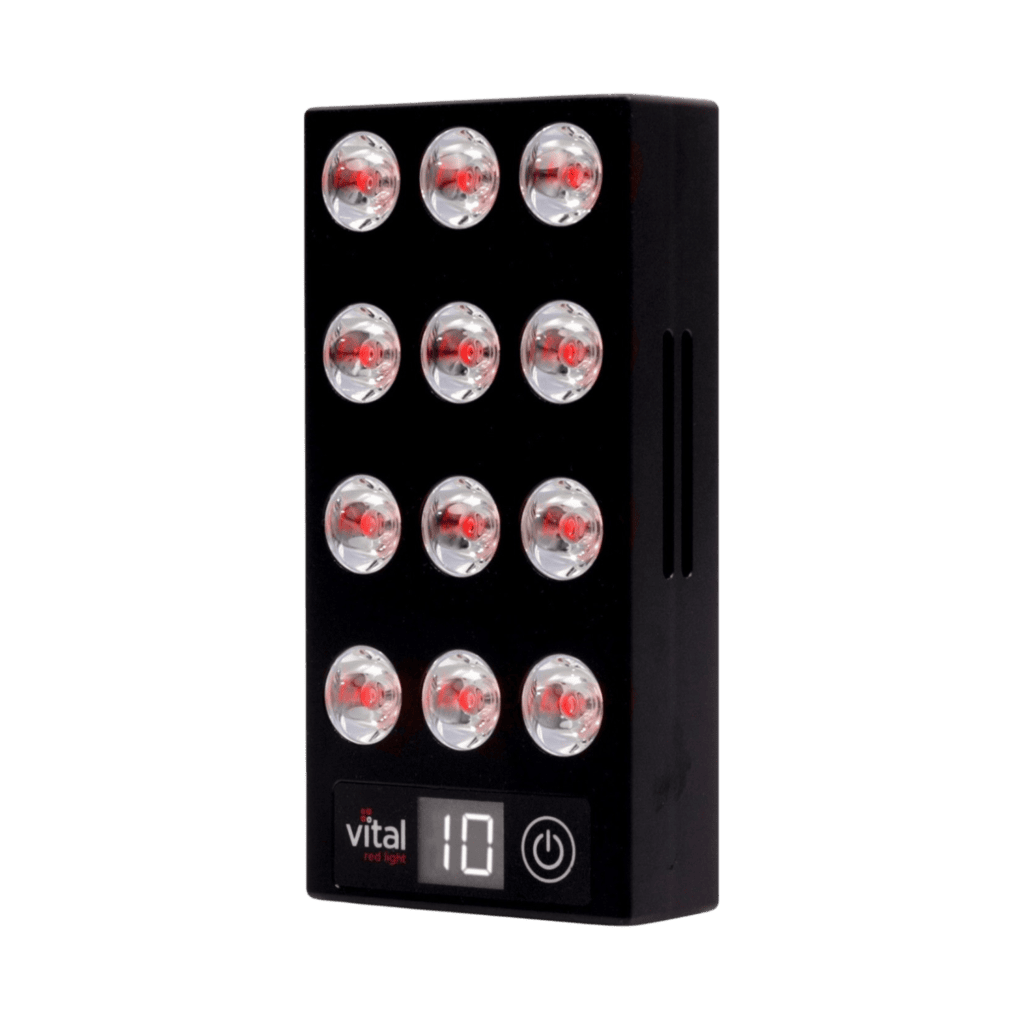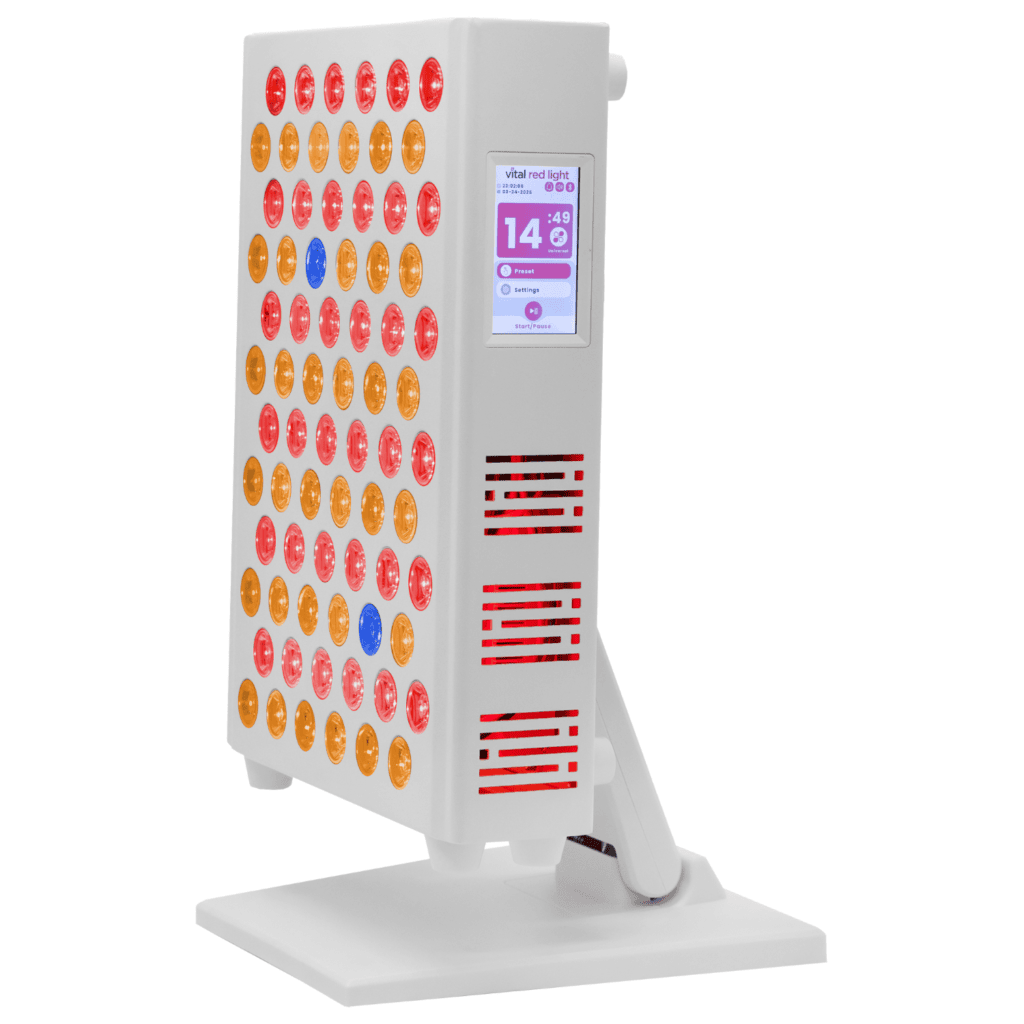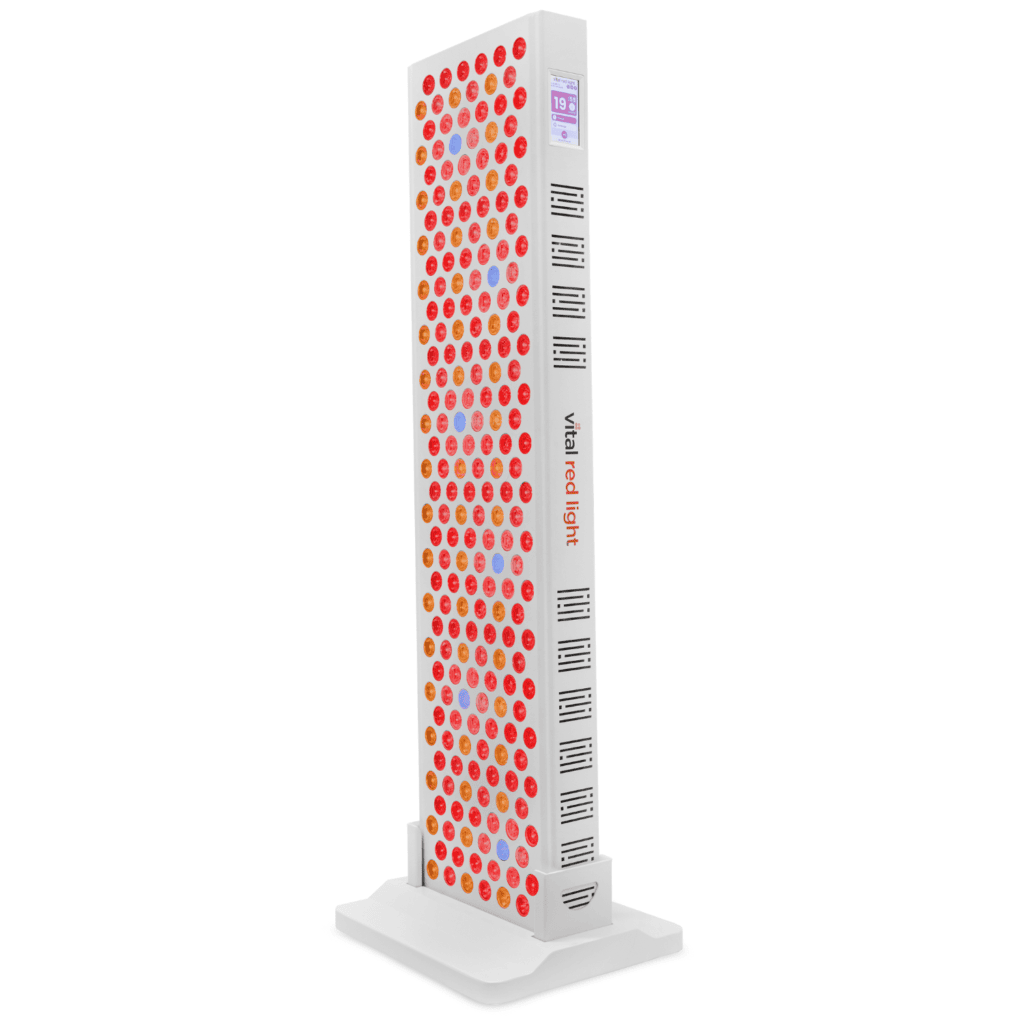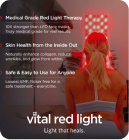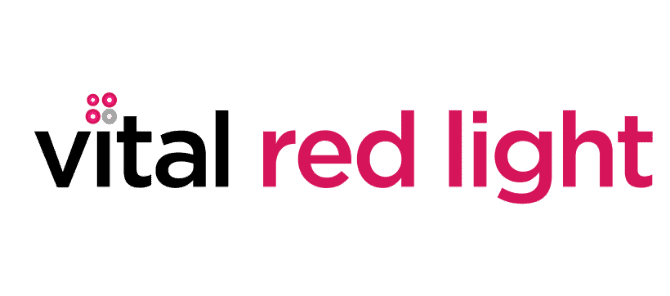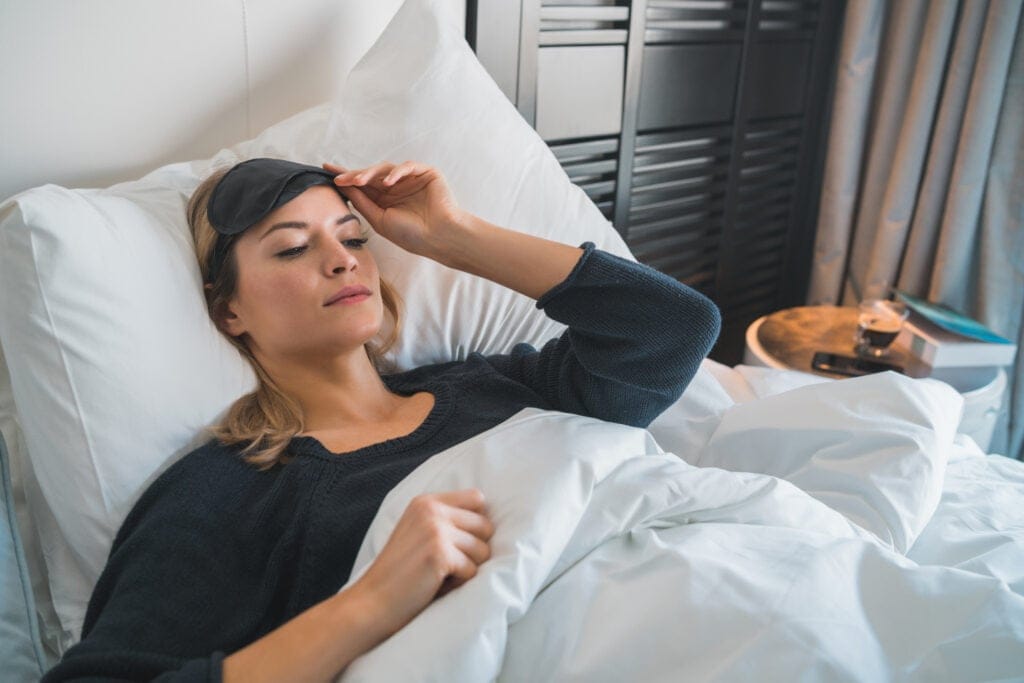
Understanding the Best Treatment For Insomnia And Its Impact
Insomnia is more than just a simple inability to fall asleep; it is a complex condition that can significantly disrupt your daily life. Characterized by difficulty in initiating or maintaining sleep, insomnia can manifest in various forms, including acute and chronic types. Acute insomnia may last for a few days or weeks, often triggered by stress or environmental factors, while chronic insomnia persists for a month or longer, often requiring intervention.
The impact of insomnia on your health is profound. Sleep is crucial for physical and mental well-being, affecting everything from cognitive function to immune response. Individuals suffering from insomnia may experience fatigue, mood swings, and reduced concentration. Additionally, chronic insomnia has been linked to serious health issues such as obesity, diabetes, cardiovascular diseases, and even mental health disorders like anxiety and depression.
Addressing insomnia is essential not only for your immediate comfort but also for your long-term health. As you explore various treatment options, understanding the underlying causes of your insomnia can guide you toward the most effective solutions. In this context, red light therapy has emerged as a promising alternative for improving sleep quality, making it a compelling option for those grappling with insomnia.
If you’re struggling with insomnia, finding a natural and effective solution is crucial. Vital Red Light offers cutting-edge red light therapy devices designed to improve sleep quality by promoting melatonin production and regulating circadian rhythms. Our at-home therapy solutions provide a safe, non-invasive alternative to sleep medications, allowing you to achieve restful sleep without unwanted side effects. With Vital Red Light, you can take control of your sleep and wake up feeling refreshed every morning.
The Science of Red Light Therapy: Behind the Research
Red light therapy (RLT) involves the use of specific wavelengths of light, typically in the range of 600 to 650 nanometers, to stimulate cellular processes. This therapy is based on the principle that certain wavelengths can penetrate the skin and interact with cellular components, promoting healing and regeneration.
The science behind RLT suggests that it enhances mitochondrial function, leading to increased energy production within cells, which can facilitate various physiological benefits. Research indicates that red light therapy can help regulate circadian rhythms, the body’s natural sleep-wake cycle. By exposing your body to red light at specific times, you can influence melatonin production, the hormone responsible for regulating sleep. Increased melatonin levels can help you fall asleep faster and improve overall sleep quality.
The therapy also reduces oxidative stress and inflammation, both of which can negatively impact sleep. Moreover, RLT is non-invasive and generally considered safe, with minimal side effects. This makes it an attractive option for those who may be hesitant to use pharmaceutical treatments for insomnia.
As more studies emerge on the effectiveness of red light therapy, it is becoming increasingly recognized as a valuable tool in sleep medicine.
Vital Red Light harnesses this scientifically backed approach to sleep improvement by offering premium red light therapy devices that deliver the optimal wavelength for melatonin production and relaxation. Our expertly designed products ensure maximum penetration and efficiency, making it easier than ever to experience the benefits of red light therapy in the comfort of your own home. Say goodbye to restless nights and hello to deep, restorative sleep with Vital Red Light.
How Red Light Treatment Affects Sleep Patterns
The relationship between red light treatment and sleep patterns is becoming clearer through ongoing research. When you expose yourself to red light, especially in the evening, it can help signal your body that it is time to wind down. This gentle cue can enhance the production of melatonin, making it easier for you to transition into sleep.
Additionally, red light therapy can help alleviate anxiety, a common contributor to insomnia. By promoting relaxation and reducing stress levels, RLT can create a more conducive environment for sleep. This is particularly beneficial for individuals whose insomnia is exacerbated by worries or racing thoughts. As a result, you may find it easier to drift off into a restful slumber.
Another significant aspect of RLT is its potential to reduce sleep disturbances. Many individuals experience frequent awakenings during the night, which can fragment sleep and leave you feeling unrested. Red light treatment has been shown to promote deeper sleep stages, allowing you to enjoy more restorative rest. This holistic approach to sleep management positions red light therapy as an effective tool for addressing insomnia and enhancing overall sleep quality.
At Vital Red Light, we understand that quality sleep is essential for overall well-being. Our advanced red light therapy devices help optimize your body’s sleep-wake cycle by gently signaling your brain to relax and prepare for sleep. With consistent use of Vital Red Light technology, you can reduce nighttime awakenings, enjoy longer periods of deep sleep, and wake up feeling recharged.
Comparing Different Red Light Treatment Options
When exploring red light therapy, it’s essential to compare different treatment options to find the best fit for your insomnia. Here’s a breakdown of key factors:
| Treatment Type | Pros | Cons |
| Lamps | Easy to use, portable, versatile for different settings | Limited to facial use mostly |
| Face Masks | Targeted treatment | Limited to facial area only |
| Panels | Comprehensive treatment for the entire body | Higher cost, may need more space than portables |
Each treatment option has its unique advantages and disadvantages. For example, if you’re primarily focused on improving sleep quality without additional skin concerns, a red light therapy lamp may be your best bet. Conversely, if you want to multitask by addressing skin issues, a face mask would be more suitable.
Additionally, consider your lifestyle. If you’re often on the go, portable options like handheld devices might be a great fit. On the other hand, if you have a dedicated space for relaxation, a larger panel could provide a more immersive experience.

Proper Usage And Timing Of Red Light Therapy
To get the most out of red light therapy for insomnia, understanding proper usage and timing is critical. Here are some guidelines to help you maximize the benefits:
Timing:
Aim to use red light therapy about 30 minutes before bedtime. This allows your body to absorb the light and start the process of melatonin production. Consistency is key, so try to establish a nightly routine.
Duration:
Each session should last between 10 to 20 minutes, depending on the device and its intensity. Start with shorter sessions and gradually increase the duration as your body adjusts. Our devices come with timers, so that when you fall asleep, it turns off automatically.
Distance:
Maintain an appropriate distance from the light source. Most devices recommend being 6 inches to 3 feet away. The closer you are, the higher the dose.
Combining Red Light Treatment With Other Sleep Practices
While red light therapy can be a powerful tool for combating insomnia, combining it with other sleep regimen practices can yield even better results. Here are some complementary strategies:
Establish a Sleep Schedule:
Go to bed and wake up at the same time every day, even on weekends. This consistency helps regulate your body’s internal clock.
Create a Relaxing Bedtime Routine:
Engage in calming activities before bed, such as reading, taking a warm bath, or practicing mindfulness meditation. Avoid screens and bright lights, as they can interfere with melatonin production.
Optimize Your Sleep Environment:
Ensure your bedroom is conducive to sleep. Keep the room cool, dark, and quiet. Consider investing in blackout curtains, earplugs, or white noise machines if necessary.
Limit Stimulants:
Avoid caffeine and nicotine in the hours leading up to bedtime. Alcohol may seem to promote sleep initially, but it can disrupt sleep later in the night.
By integrating these sleep regimen practices with red light therapy, you can create a holistic approach to improving your sleep quality and overall well-being.
To achieve the best results, pair Vital Red Light’s therapy devices with other sleep-enhancing habits. Many users have reported significant improvements in sleep quality when combining our red light technology with relaxation techniques, meditation, and a consistent bedtime routine. By making Vital Red Light a part of your nightly ritual, you can create a holistic sleep solution tailored to your needs.
Choose Vital Red Light: The Best Red Light Therapy For Insomnia!
Red light therapy presents a promising alternative for those experiencing insomnia. With its ability to enhance sleep quality, regulate circadian rhythms, and promote relaxation, it can serve as a valuable tool in your sleep management arsenal.
Before starting any new treatment, consider your individual needs, existing medical conditions, and preferences. Consulting with a healthcare professional can help you make informed decisions about incorporating red light therapy into your routine although we wouldn’t count on it. Don’t let insomnia take control of your life—discover the power of red light today.
Invest in your well-being with Vital Red Light—your key to effortless, rejuvenating sleep.






